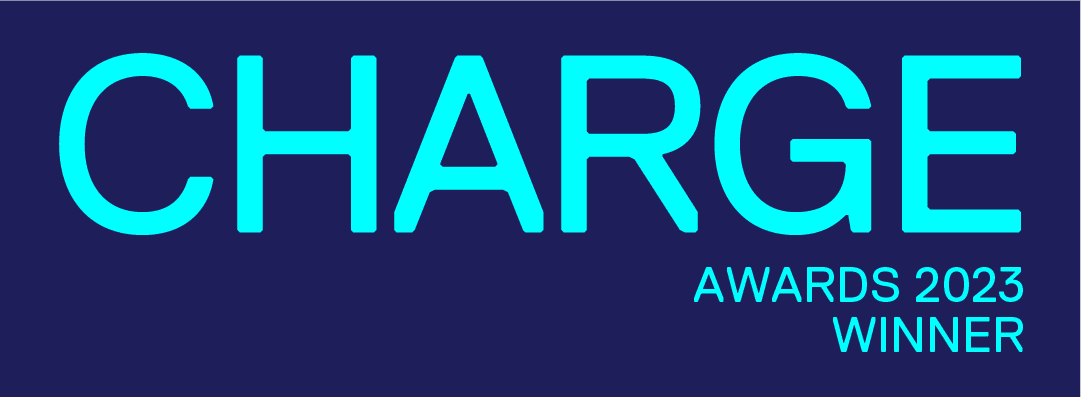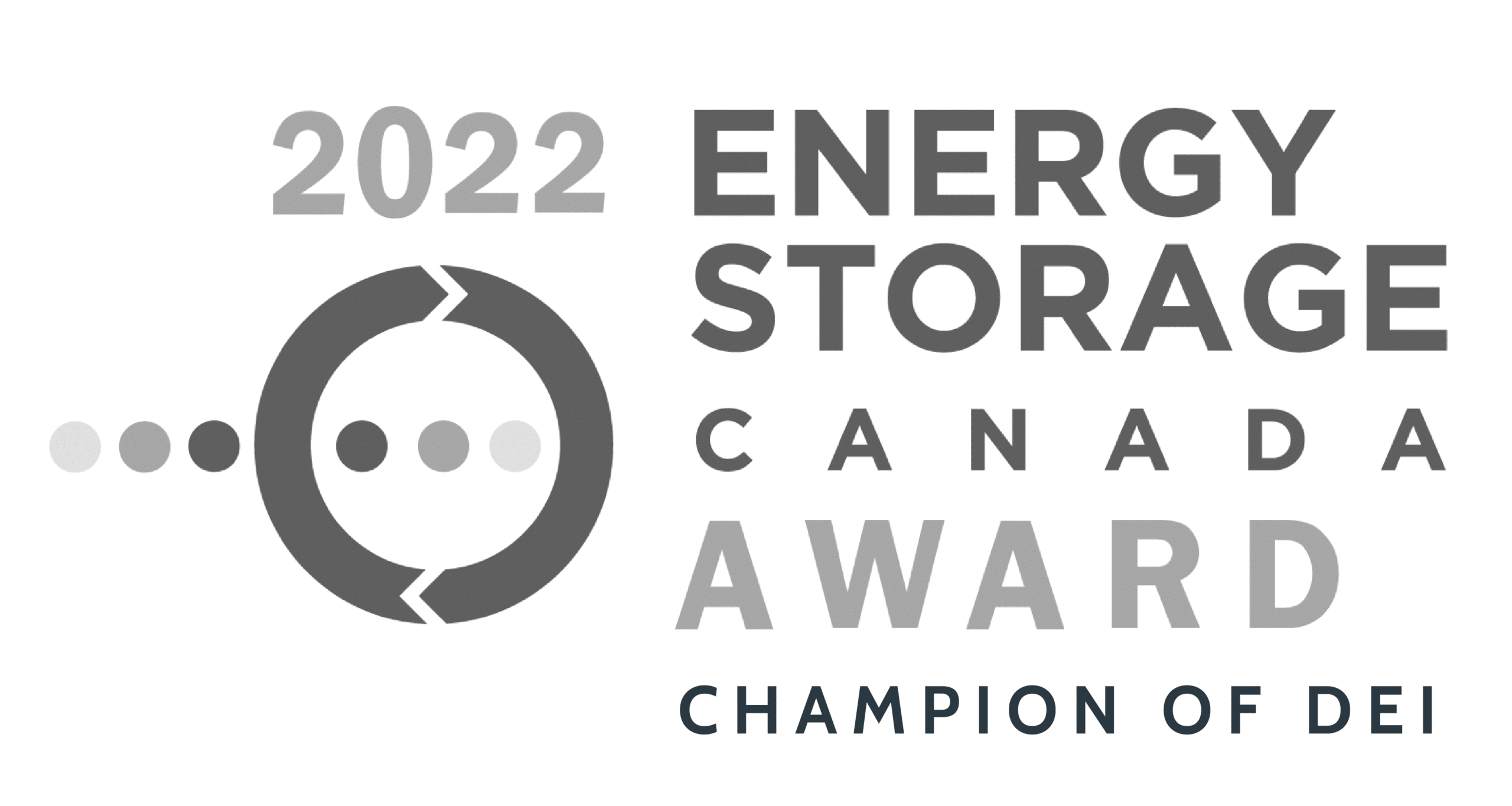Each year on March 23rd, World Meteorological Day takes place to commemorate the Convention establishing the World Meteorological Organization, which happened in 1950. World Meteorological Day recognizes the contribution of meteorology and hydrology to the safety and development of society.
This year’s theme, The Future of Weather, Climate, and Water Across Generations, is a fitting topic as we sit down with our Lead Meteorologist, John. We discuss his story, the history of this relatively new science, and why weather matters for electrical grids.
Tell us about you and why you decided to become a meteorologist.
My story is probably not too different from most meteorologists out there. I mean, we call ourselves energy nerds at Peak Power, and I’m pretty much a weather nerd. That stems from essentially a childhood wonder of the weather.
But in my case, it’s a little more specific. Throughout my childhood, I had a severe phobia of thunder and lightning.
At the age of about 11, there was a severe lightning storm happening at night, the typical time when my fear was at its height. At that moment, I decided to face my fear, so I opened a window to peek outside.
For the first few seconds, I was paralyzed by fear. But then something happened. That fear immediately transformed into pure awe. I stared directly into the storm to find purple lightning and saw the real beauty of the cloud formations.
All my senses lit up.
As you age, the rational part of your brain starts to activate; it goes from that innocent fear to questioning why you’re afraid of something. That’s precisely what happened to me, and I think any good scientist starts out with questioning. That began my experimentation, pouring myself into this realm and challenging myself to ask why I was scared.
Shortly after that, I dove into everything weather. I started looking at the National Weather Service forecast. I started making my own forecast for Rochester, which is the town where I grew up in upstate New York, an area that’s prone to all kinds of weather. As an example, I experienced the ice storm in 1991 – that was the most significant ice storm I’ve ever seen in my life. It was beautiful but destructive.
I even visited the local TV meteorologist after that, at about the age of 12. He introduced me to his forecasting process (and even made some suggestions for top-notch universities offering meteorology programs), which further galvanized my interest in making this a career.
What do you see as the biggest contributions of meteorology to society?
Like any good scientist, I’m looking at all sides, so I explored both the positive and negative contributions.
To start, forecasting is a very new science, whereas observations have been collected in North America and Britain since roughly the mid-to-late 19th century.
One of the most impactful weather forecasts was made in the days leading up to the Allied Forces’ storming of the beaches of Normandy on D-Day.
[Side note: The meteorological component of this historic day is a riveting story for any history buff. Read about it on History.com]
From there, the science of forecasting really blossomed. The emergence of what’s called numerical weather prediction, which is a fancy way of saying weather model data, is used as a way of trying to compute and calculate the future state of the atmosphere. And the atmosphere is a chaotic fluid. So, you’re basically trying to forecast chaos.
Numerical weather prediction originated in the 1950s and has since evolved to create more timely, accurate weather forecasts, including life-threatening phenomena such as tornadoes, hurricanes and severe thunderstorms. Prior to the 1990s, the lead time for the public to take shelter from tornadoes was usually less than 15 minutes. Now, I want to say it’s around 20 to 30 minutes. It may not sound like much, but that’s huge. That saves lives.
The weather models have improved tremendously, even in the last 15 years alone since I started my career. As a result of that, we are seeing more reliable forecasts that can save lives and property.
That’s why I decided to choose “operational” meteorology as a career as opposed to being purely a research meteorologist. One of my main jobs is to interpret weather model data and add value to the output, thus making a positive contribution to society.
The negative aspect goes somewhat hand in hand. We live in a time where information, not just weather information, is readily available at your fingertips, which is both good and bad. It’s good because it’s convenient for the general population. It’s bad because most consumer apps just ingest raw model data with little to no human intervention. And if it is only referencing one model, and that model happens to be poorly handling the near-term weather situation, it’s likely going to give you a poor forecast.
This is even more pronounced in complex weather situations like storms – for example if a warm front is being resolved incorrectly by one model, that could be the difference between 10 mm of freezing rain and 20 cm of snow.
A meteorologist takes an ensemble approach, looking at multiple weather models to produce the most accurate forecast. In meteorology, there’s no AI that can replace human ingenuity and interpretation.
What’s an interesting fact about meteorology that readers might not know?
You know that unique smell right after a lightning storm? What you’re actually smelling is ozone. And by that process, it is actually returning nitrogen to the soil.
The other thing that I would want readers to know is about something called positive flash lightning. It’s sometimes commonly referred to as a “bolt out of the blue.” Typically, it happens on the backside of the storm as the storm is departing you and originates in the anvil of a cloud.
On a side note, what happens with an anvil cloud is that there is a very clear demarcation of the top of the atmosphere before we reach the stratosphere. The stratosphere is extremely stable, so it prevents clouds from building upward.
That flash lightning originates all the way from the top of the anvil, which could be 40,000 to 50,000 feet. Whereas normal cloud-to-ground lightning originates from the mid-to-low levels of the cloud, maybe 5,000 to 15,000 feet – and those carry much less voltage. So because flash lightning originates from so high up, it encounters much more resistance and can carry up to a billion volts.
And those are the lightning strikes that can be very hazardous to people and property. Even if it is not a direct hit, it can still be fatal. So, I’d strongly advise waiting at least 30 minutes after a storm passes before venturing outdoors again. You want to make sure you can’t hear any thunder at all before resuming outdoor activities.
What role do you think the broader meteorological community has to play in preserving our environment and fighting climate change?
I will preface by saying I’m not a climatologist; I’m a meteorologist. There’s a difference which we will go into a bit later. But for me, the folks that are doing those rigorous studies of ice cores, global temperature increases, historical and forecasted trend need to responsibly communicate that data to the public and not tweaked to sensationalize – on either side – it dilutes the science.
The reality is that since the industrial revolution, we’ve done a tremendous amount of damage, and frankly, a lot of it may not be reversible. However, it doesn’t mean we should sit on our hands and do nothing. If we have enough awareness of that data at the public level, we can make decisions that can mitigate further damage.
How does the theme The Future of Weather, Climate and Water across Generations resonate with you?
I didn’t even realize there was such a thing as World Meteorological Day when I went to school for Meteorology. But it’s been around for like 50 years, so that was neat to learn, and it gives us a chance to talk about it.
To start, I would refer to myself as an operational meteorologist, which is about forecasting the weather and marrying it with how it impacts real life – in the case of Peak Power, how it impacts grid demand. That’s how it resonates with me; it demonstrates how interpreting weather model data is critical to our society in very real ways.
Could you tell us a bit more about your work with Peak Power? What does weather have to do with energy?
My core role is to forecast grid peaks and grid demand in select ISO regions. Ultimately, the electrical grid is largely driven by weather events. Weather influences human behaviours such as blasting the AC in a summer heat wave or cranking the heat in a winter cold snap. [See 2021 Texas Power Crisis]
However, I’m not just forecasting but researching how weather, load, and demand are interconnected and how they interact, sometimes, at a very localized level (for example, one region within a large ISO or a state).
Other aspects that impact grid demand are things like solar generation; it’s a big component. One of my jobs is to assess the data and cloud forecast for embedded solar plants and what we expect those generation trends to be.
There’s a term in meteorology that is a critical component in value addition to the models: Pattern Analog Recognition. This can be illustrated by an example. If you’re looking at cloudy weather over Eastern Ontario, where most of the solar plants are located, and sunny, oppressively hot weather over southern Ontario, including the GTA, that’s usually going to be a ripe setup for a significant grid peak. Such peaks are important to forecast accurately so that our customers can reduce their associated coincident peak charges, as well as avoid using dirty resources that come online to meet demand during those peaks.
What is one aspirational statement or dose of good news you want to leave readers with?
This may sound really corny, but this is something I think a lot of weather geeks do. I encourage you and others to do it.
And that’s to look toward the sky.
For me, it’s almost as second nature as breathing or having my espresso. Every time I’m outside, I always look up to the sky because you never know what you’re going to find. They always say each snowflake is unique, but every single cloud formation is also unique. Every single sunrise and sunset is unique. No two are exactly the same.
We’re always so buried in our phones and our technology that sometimes, we forget to take a moment to marvel at the grandeur of nature that surrounds us.





